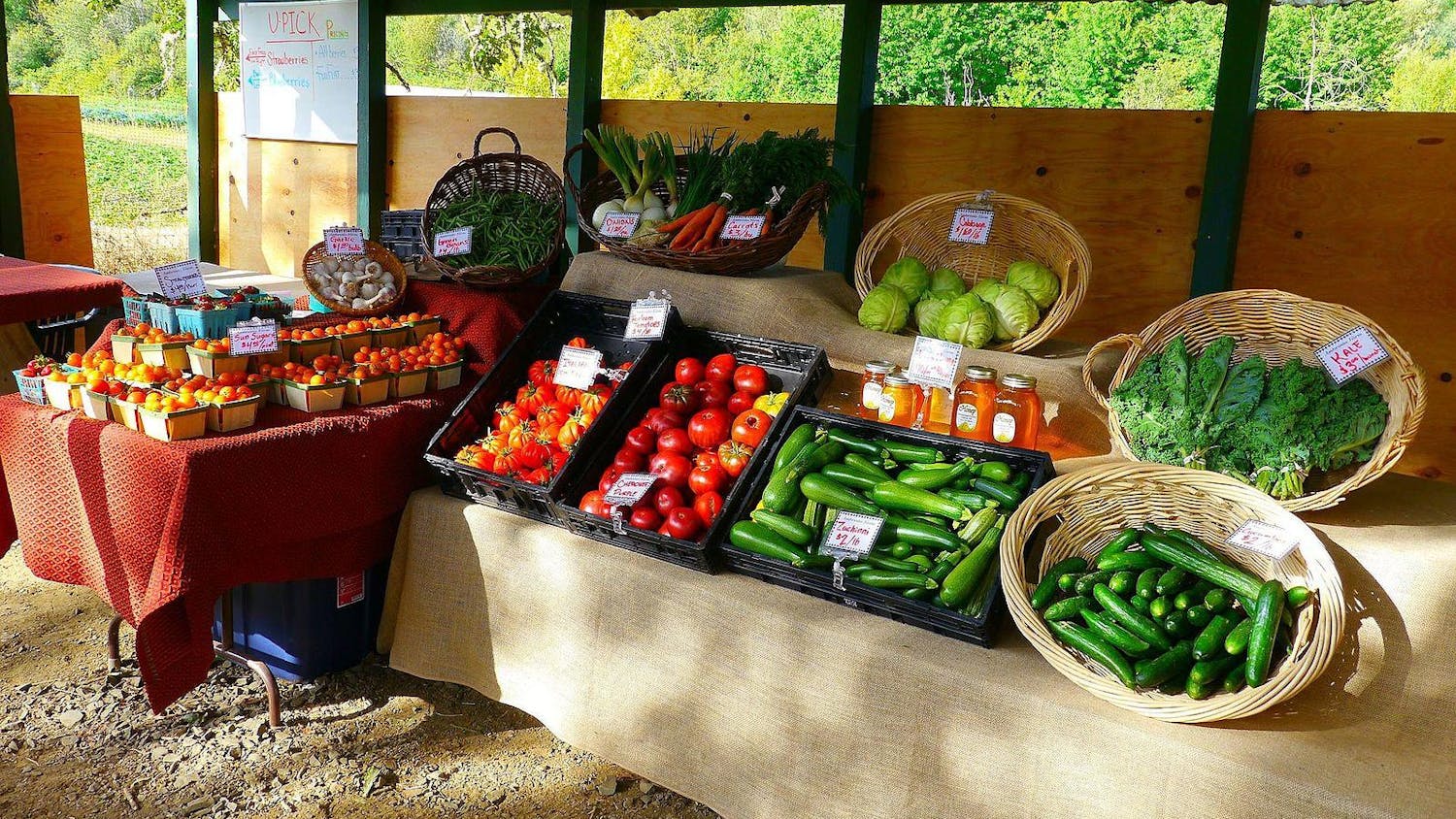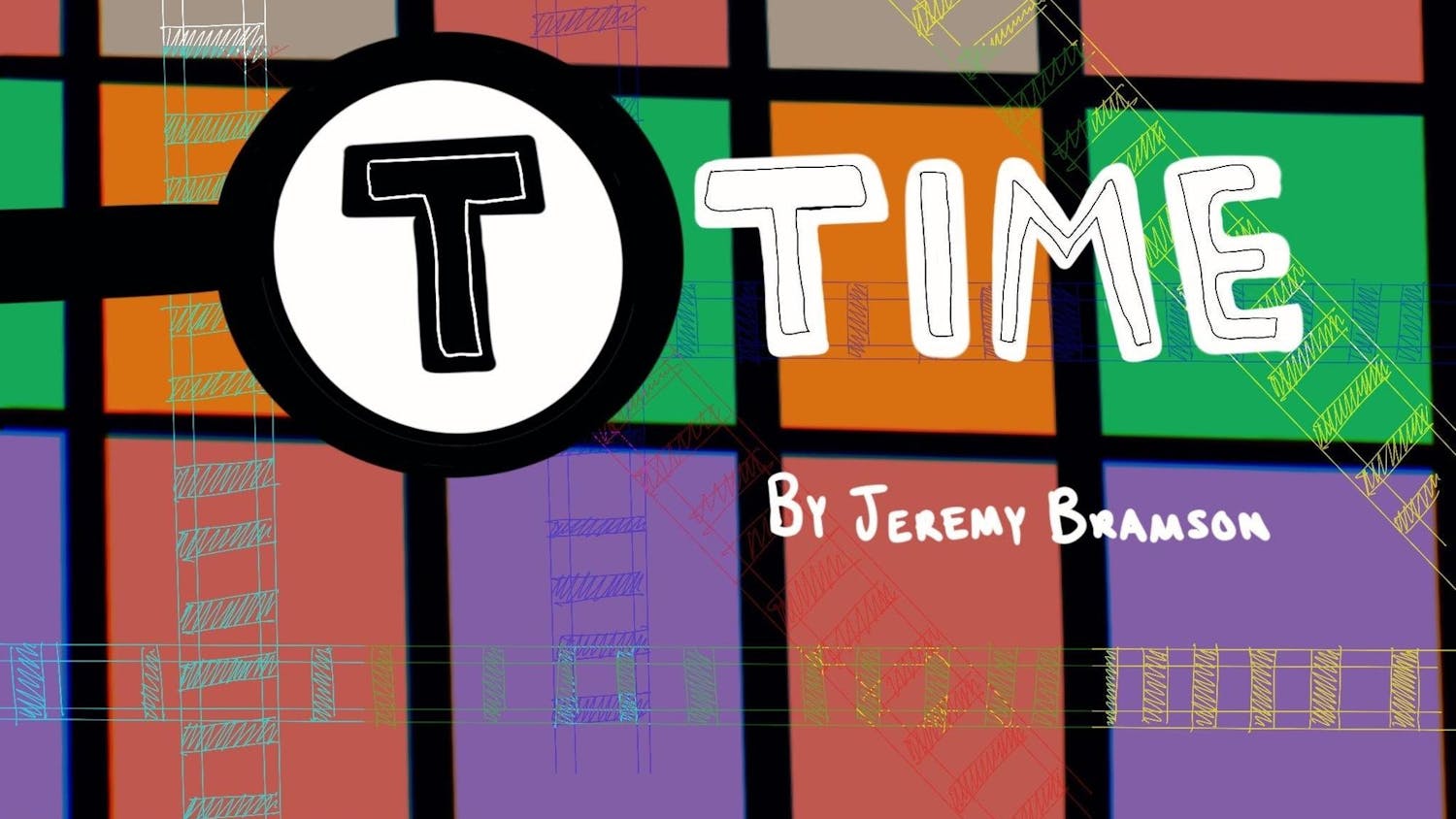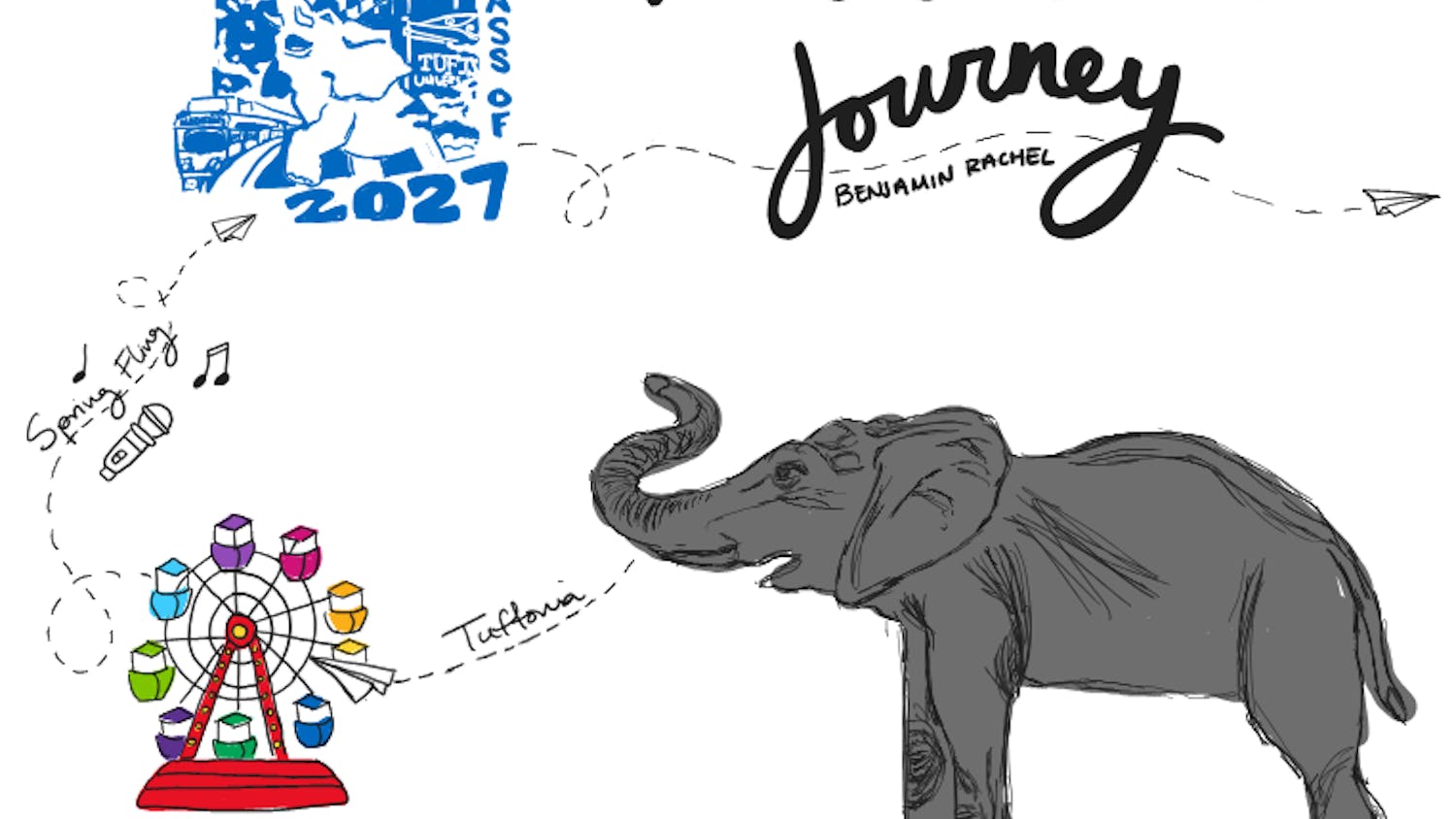With colleges across the country vacating their campuses and moving to online learning, the vast majority of on-campus organizations have suspended activity as well. One major exception to this is student newspapers, many of which are still continuing to publish.
“I don’t think there was ever a question of will we continue to publish. I mean, it was just obviously, of course we will,” Caitlin Limestahl said.
Limestahl is an assistant news editor at The Daily Princetonian of Princeton University.
Like the Tufts Daily, the Princetonian published a laid out, daily paper before COVID-19 shuttered its school. Since then, it has been working to transition to online-only content while also respecting its writers’ needs and priorities.
“The [upper level management of the Princetonian] has been amazing not only supporting us as a community and each of our individual circumstances, but also just clearly saying this is how we’re going to do production every night, this is how we’re going to move forward,” Limestahl said.
Sophie Stephens is the culture editor for MOVE, which is the arts and culture magazine of The Maneater, the University of Missouri’s print and digital paper. She echoed this balance of respecting individual conditions while still achieving publication.
“Specifically for MOVE, I just kind of told my reporters I will take content as it comes in," Stephens said. "We really want people to be writing what they want to write, and we don’t want it to feel like a chore just because it is a stressful time anyway, trying to balance remote classes and reporting from home.”
Marissa Martinez, a junior at Northwestern University studying journalism and Spanish, is currently serving as the editor in chief of The Daily Northwestern. She spoke to this challenge from the perspective of leading the newspaper.
“What I’m concerned about is making sure we get out enough content every day, especially since we’re not allowed to interview in person or go to any events or anything,” Martinez said. “I also want to make sure we don’t burn out at home because that can be even worse than burning out in the newsroom.”
Students journalists are working to continue writing and producing quality content for their readers.
“We’re really just trying to take any content from our reporters that we can, keeping our online updated as much as possible, making sure we can still do graphics and posting them on social media pages and obviously keep those websites up to date,” Stephens said.
Aside from the obvious challenge of working remotely and publishing only online, student journalists have had to face other unprecedented situations.
“From a journalistic standpoint, I’d say it’s definitely hard not being on campus and continuing to report,” Anya Tullman, a first-year at the University of Pennsylvania (UPenn) said.
Tullman, an associate news editor at The Daily Pennsylvanian on the administration beat, said she’s experienced some difficulty getting in touch with the individuals she needs to speak with.
“When we were at school, it was easier to go in and meet with them, and if they weren’t answering my emails, I could just stop by their office and see if they were available, and that’s obviously not an option now,” Tullman said.
Tullman’s example is just one of the many difficulties that comes with reporting, writing and publishing remotely. However, there may also be some silver lining opportunities for advancement.
“I’m also excited to see what creative ways our staff comes up with, especially on the audio and video side because they have a bit more of a challenge in front of them, but I think we’ve seen some really interesting stuff come out so far,” Martinez said.
Limestahl echoed this sentiment, thinking about the new topics to cover during this time.
“There’s so many student perspectives that we can explore right now,” Limestahl said.
COVID-19 and the online-only publishing that has resulted might even have lasting impacts for college newspapers.
“I’m excited to expand digital aspects and kind of see where that goes,” Martinez said. “In terms of creativity, we’ve been definitely trying to figure out new strategies for social media and getting more people engaged with reading the paper and being redirected back to our site and giving us commentary and questions.”
While each newspaper is operating slightly differently, everyone agreed on the no-brainer decision to continue publishing that Limestahl spoke to, as well as the importance and implications of doing so.
“The community is relying on us, now more than ever, to keep them up-to-date with what’s happening [and to] hold administrators responsible. For example, [UPenn is] sayingthey’re going to reimburse student fees for housing and dining, and it’s our responsibility to hold them accountable and let students know if and when that’s actually going to happen,” Tullman said.
Many people depend on college newspapers for localized information. In Evanston, Ill., where Northwestern University is located, The Daily Northwestern is the only daily newspaper. Likewise, the Princetonian covers the town of Princeton as well as the university.
“Specifically from a news standpoint, of course, there is no shortage of stories for us to write,” Limestahl said.
Regardless of who reads and depends on a newspaper, the power of journalism, especially student journalism, is in pressing on and getting through difficult situations like the one we are in now.
“I don’t think it’s really an option for news outlets of any scale to just stop because they’re not in a news room or something, because again, this is just news, this is what’s happening, and people need to know what’s going on,” Stephens said.





